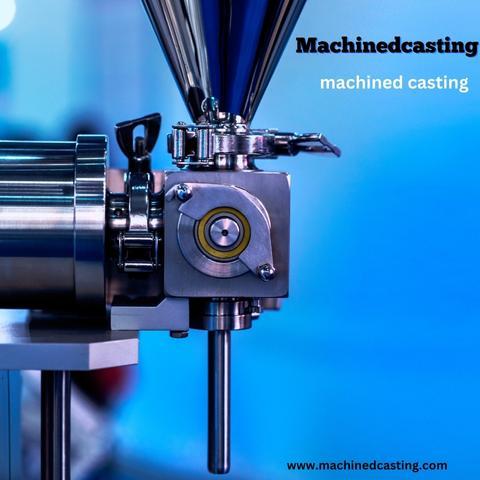Machined casting is a versatile manufacturing process that combines the flexibility of machining with the efficiency of casting. It allows for the creation of complex shapes with high precision while maintaining cost-effectiveness. In this guide, we will delve into the intricacies of machined casting, covering everything from its principles to practical applications.
-
Understanding Machined Casting:
- Machined casting involves the creation of metal components through the combination of casting and machining processes.
- The process begins with the casting of a rough shape, which is then refined through machining to achieve the desired dimensions and surface finish.
-
Advantages of Machined Casting:
- Cost-effectiveness: Machined casting can produce complex shapes in a single step, reducing the need for additional machining operations.
- Design flexibility: It allows for the production of intricate geometries that may be difficult or impossible to achieve through conventional machining alone.
- Material versatility: Machined casting can be used with a wide range of metals, including aluminum, steel, and titanium.
-
The Machined Casting Process: a. Pattern Making: A pattern, typically made of wood, plastic, or metal, is created to form the cavity in which the metal will be poured during casting. b. Mold Making: The pattern is used to create a mold, usually made of sand, plaster, or ceramic, which will hold the molten metal during casting. c. Casting: Molten metal is poured into the mold cavity and allowed to solidify, taking the shape of the pattern. d. Machining: The cast component is removed from the mold and subjected to machining operations such as milling, drilling, and turning to achieve the final dimensions and surface finish.
-
Applications of Machined Casting:
- Aerospace: Machined casting is used to produce critical components such as engine parts and structural elements with high precision and strength.
- Automotive: It is employed in the manufacturing of engine blocks, transmission housings, and suspension components.
- Industrial Machinery: Machined casting is utilized in the production of gears, bearings, and other components requiring intricate shapes and tight tolerances.
-
Quality Control in Machined Casting:
- Inspection techniques such as coordinate measuring machines (CMMs) and visual inspection are employed to ensure that machined cast components meet the required specifications.
- Non-destructive testing methods, including X-ray and ultrasonic testing, are used to detect internal defects such as porosity and cracks.
Conclusion: Machined casting offers a unique combination of versatility, precision, and cost-effectiveness, making it a preferred manufacturing process for a wide range of industries. By understanding the principles and applications of machined casting, manufacturers can harness its potential to create high-quality components with efficiency and reliability.


